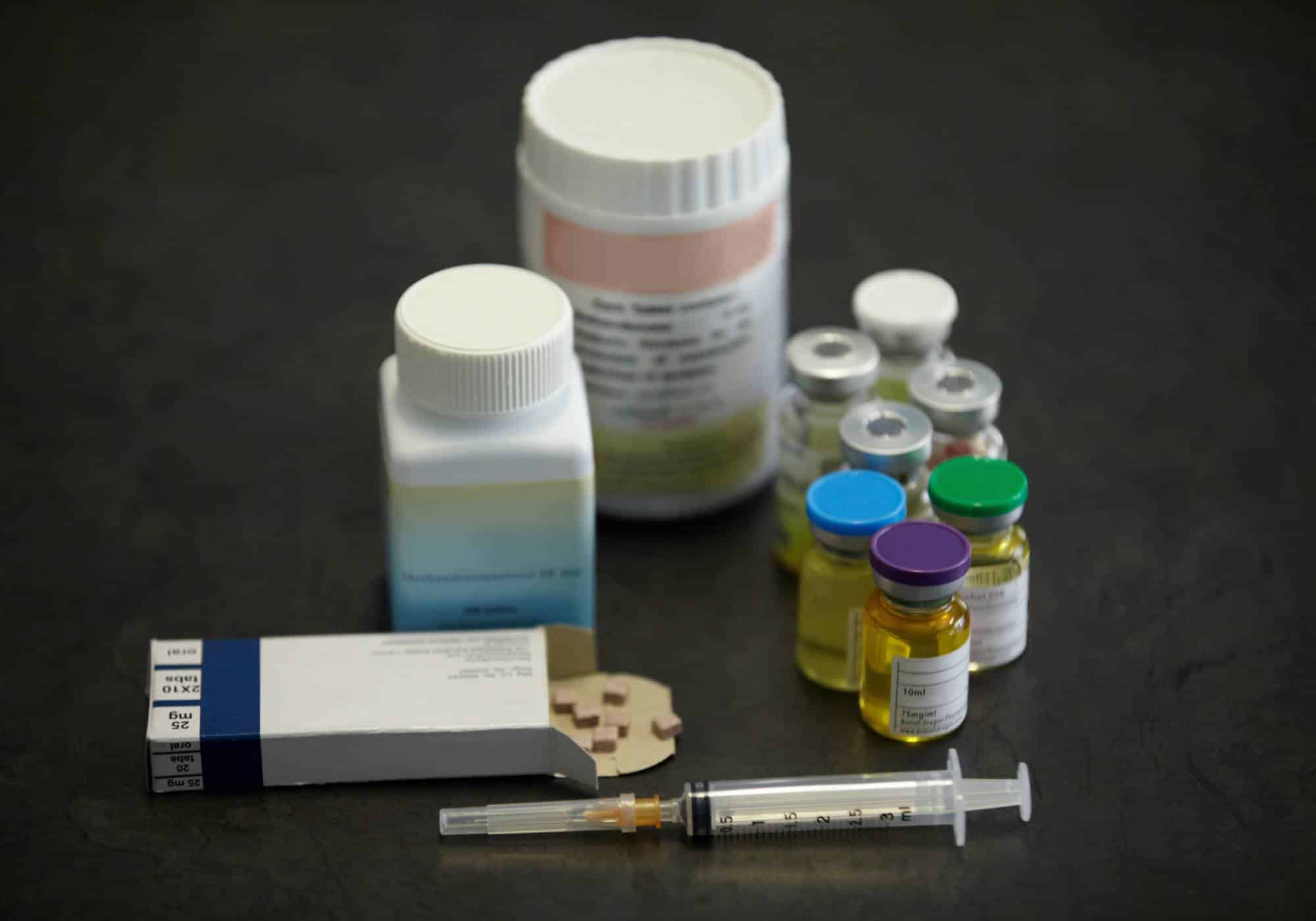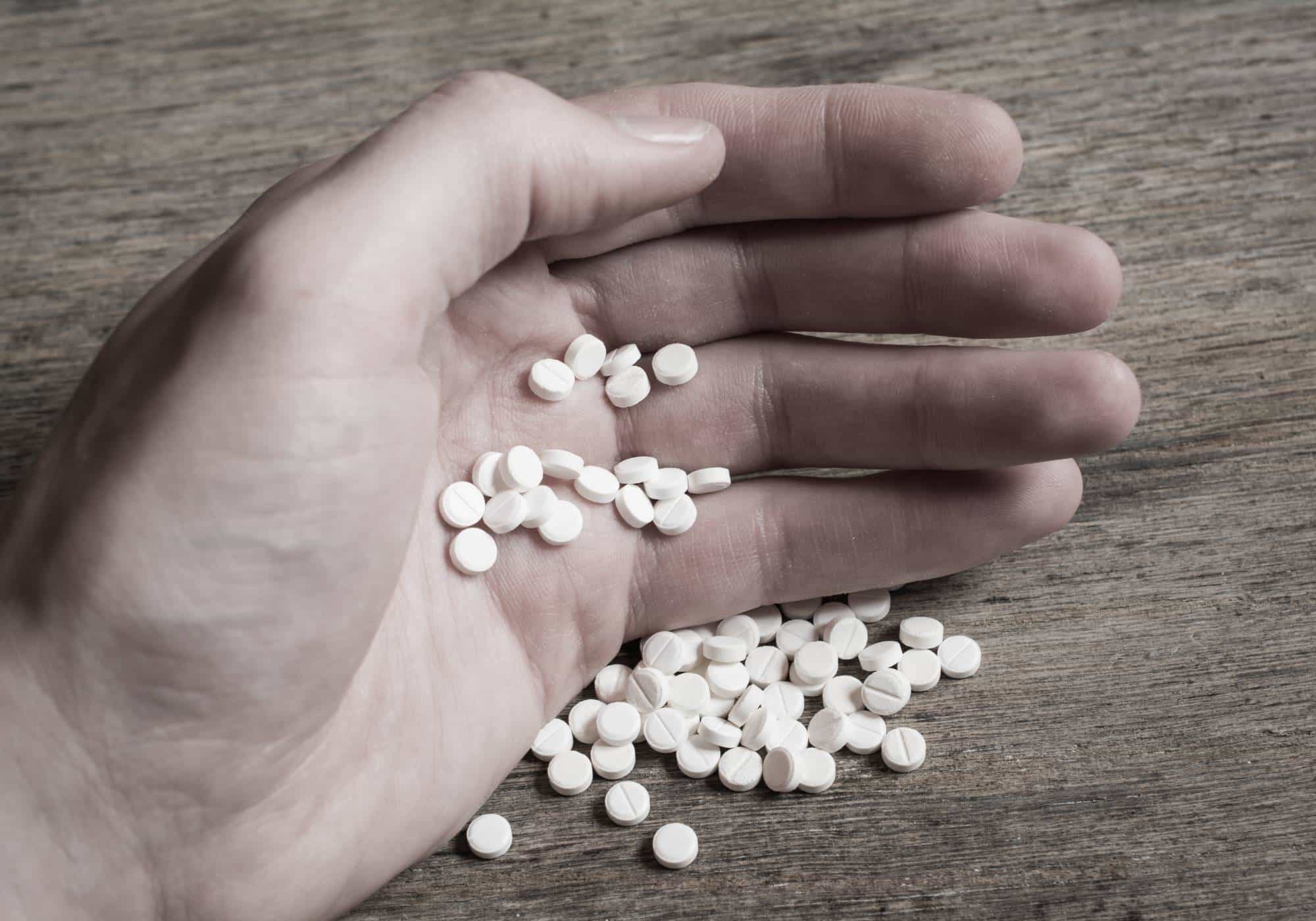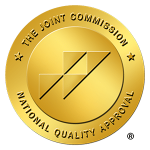What is Lean?
Lean, also known as Purple Drank or Sizzurp, combines codeine, promethazine (an antihistamine), soda, cough syrup, candy, and sometimes alcohol to create a highly addictive and dangerous beverage. This drink can lead to serious health problems like breathing issues, overdose, and death.
First appearing in the 1960s, Lean’s popularity surged in the late 1990s, partly due to its references in rap music. Despite the known harmful effects, it continues to appeal to younger demographics, showcasing the ongoing challenge of addressing substance misuse and its glamorization in popular culture.
Effects of Lean Abuse
Lean is a dangerous mix that leads to a characteristic physical slouch in those who consume it. Central to Lean is codeine, an opioid with a high potential for addiction. Users usually start feeling its effects within 30 to 45 minutes, peaking around one to two hours, and can experience the impact for up to six hours. Side effects of abusing Lean include:
- Seizures
- Memory issues
- Dizziness
- Urinary tract infections
- Reduced breathing rate
- Blurred vision
The Dangers of Lean Drug
Regularly drinking Lean poses serious health risks due to the development of increased tolerance and dependence. As the body begins to depend on this concoction for opioid effects, users may find themselves needing more to feel its effects or even just to feel normal. Lean abuse can lead to critical health problems, including the risk of fatal overdose. Excessive consumption saturates the brain with opioids, hampering its ability to regulate their effects, particularly by significantly slowing down breathing. This reduction in breath can quickly lead to respiratory failure, cutting off oxygen to the brain. This oxygen deprivation can cause brain damage or death within minutes, and may lead to comas or fatal outcomes.
What is in Lean Drink?
Lean is a concoction mixed for recreational purposes, primarily combining soda (such as Sprite, 7-Up, or Mountain Dew) with over-the-counter cough syrups that contain promethazine and codeine. Often sweetened with hard candy, this purple beverage is sought for its euphoric and dissociative effects.
Codeine, a critical component of Lean, is a medication used for cough suppression, pain relief, and anti-diarrheal purposes. As a Schedule II substance, codeine is recognized for its high potential for abuse and dependency. Despite its medical uses, it’s the misuse that puts it under scrutiny, especially in formulations containing 90 milligrams or less per dosage unit which are categorized under Schedule III, indicating a slightly lower risk.
Lean’s popularity surged in the late 1990s, with its glamorization in the rap and hip-hop communities, notably by Houston artists, masking the significant health risks it carries. The dangerous allure of Lean has been tragically marked by the untimely deaths of several artists associated with its consumption.
Various names for Lean include:
- Purple Drank
- Texas Tea
- Sizzurp
- Dirty Sprite
- Purple Lean
Lean’s sedative effects, disguised by its sweetness, can lead to unintended overconsumption. Users often report feelings of euphoria, dissociative states, and relaxation. Despite the known dangers, Lean remains attractive to young individuals, sometimes mixed with substances like marijuana or alcohol to enhance the effect. However, at high doses, Lean poses a fatal risk by significantly depressing the central nervous system, leading to outcomes as severe as respiratory failure or death, as highlighted by the National Institute on Drug Abuse.
Identifying Lean Use in Young Adults and Teens
Navigating the challenge of substance abuse, especially in teens and young adults, can be daunting for parents and loved ones. The misuse of “Lean,” a concoction that has gained notoriety in popular culture, is particularly concerning. If you’re worried that your child might be experimenting with Lean, it’s crucial to stay informed and vigilant. Below are key indicators to help you recognize potential use of Lean in your child:
- Observing Unexplained Disappearances of Medications: Lean’s ingredients often include over-the-counter antihistamines, such as Promethazine (also known by the brand name Phenergan), which are typically used for allergies, nausea, or sleep issues. These, along with alcohol, can be pilfered from home supplies. A recurring pattern of missing medications or alcohol could suggest attempts to create Lean.
- Encountering Specific Slang or Language: Youth may adopt specific jargon related to Lean use, which can serve as a red flag. Familiarize yourself with terms like:
- Purple drank, Sizzurp, Texas Tea, Dirty Sprite, Syrup, Purple Tonic, Sip-Sip, Purp
- And phrases indicating usage or procurement, such as “Robotripping” (using Dextromethorphan, DXM, to get high), “Dexing,” or “Tussin” (consuming Robitussin or similar cough syrups for a high). Additionally, be aware of coded communication through emojis or symbols, such as grapes, purple hearts, or baby bottles, which may be used to discuss Lean inconspicuously.
- Noticing Changes in Behavior: Shifts in demeanor or lifestyle can be indicative of substance abuse or mental health issues. Signs that your child may be under the influence of Lean include:
- Displays of unusual sadness, aggression, or irritability
- Excessive sleeping
- Replacing long-standing friendships with new acquaintances
- Losing interest in previously enjoyed activities
- Unexplained weight loss
Understanding these signs and approaching the situation with empathy and concern is key to offering support. Engaging in open, non-judgmental conversations about the dangers of substance abuse and being available to listen can create a foundation for recovery and help. If you suspect your child is using Lean or facing other substance abuse challenges, seeking professional guidance and support can be an essential step towards their well-being.

Is Lean the Same as Purple Drank?
Yes, “Purple Drank” is another name for Lean, along with several other nicknames like “Dirty Sprite,” “oil,” “mud,” and brand names such as Wockhardt, Tris, and Actavis. Despite the differences in terminology, they all describe the same concoction.
What Does Purple Drank Taste Like?
The flavor of purple drank is mainly sweet due to the soda and candy often mixed into it. The exact taste can differ depending on the mix of ingredients used, with potential hints of cough syrup, alcohol, or menthol coming through.
What Do the Effects of Lean Feel Like?
People who consume lean commonly report feelings of light euphoria, calmness, sleepiness, and a sensation akin to being in a dream. They might also experience a sense of disconnection, along with reduced coordination, as lean slows down brain functions and exerts a calming effect on the body.
Lean Withdrawal
Stopping the use of lean suddenly can lead to intense withdrawal symptoms, making medical supervision essential for safely stopping its use. Healthcare providers can create a gradual reduction plan to ease these symptoms.
To effectively combat Purple Drank addiction, embracing new techniques for dealing with urges, environmental triggers, and stress is essential. Implementing cognitive-behavioral therapy as part of a comprehensive recovery plan is key to developing healthier thinking and behavior patterns, vital for long-term sobriety.
If you or a loved one is struggling with the effects of lean, support is available. It’s important to reach out for assistance on the path to recovery. Contact Hope Harbor Wellness at 678-929-6304 for lean addiction treatment in Atlanta, GA, and take the first step towards reclaiming your life.
Lean Overdose
Overdosing on Lean, due to its sedative effects, is a serious risk when it’s taken in excess, as it acts as a depressant on the central nervous system.
Signs that may indicate a Lean overdose include:
- Irregular heartbeat
- Decreased blood pressure
- Intense sedation
- Reduced coordination and decision-making
- Slowed breathing
- Extreme fatigue
- Experiencing hallucinations
- Seizures
Such an overdose can lead to severe health problems like damage to the brain and other organs, coma, or even death. The danger increases when Lean is combined with psychiatric drugs or natural supplements, raising the risk of Purple Drank overdose even further.
Seeking Help for Purple Drank Addiction in Atlanta, GA
Confronting lean addiction can feel overwhelming, but overcoming this challenge is achievable with the right support. The opioid ingredients in lean create a powerful dependency, making professional help essential for a successful recovery. At Hope Harbor Wellness, our dedication lies in offering a variety of tailored treatment options to meet the unique needs of those we serve, including:
- Outpatient Treatment
- Intensive Outpatient Programs
- Partial Hospitalization Programs (PHP)
- Dual Diagnosis Treatment
- LGBTQ+ Drug Rehab
- Cognitive Behavioral Therapy (CBT)
- Holistic Therapies
- Group, Individual, and Family Therapy
Medications aimed at easing opioid withdrawal symptoms can greatly reduce the discomfort of symptoms such as pain, nausea, and diarrhea. Our opiate addiction treatment program in Atlanta, GA, also conducts comprehensive evaluations to identify any co-occurring health or mental health issues, underscoring the necessity of medically supervised detox. This careful approach guarantees safety and maximizes the effectiveness of the treatment, setting a solid foundation for recovery. If you or someone you love is struggling with Purple Drank addiction, don’t wait to seek help. Contact Hope Harbor Wellness at 678-929-6304 today to embark on a path to a drug-free life.












